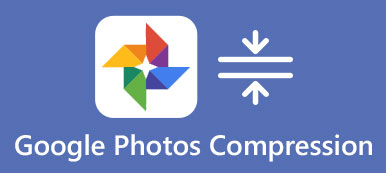

The scenario: You have taken some beautiful photos on your smartphone and you’re amazed at how professional they look! You can’t wait to showcase them on your new blog post and upload them straight to your website. So reduce the size of those images, and increase your sales success. If you run an eCommerce store, page speed therefore has a direct impact on your revenue.

To increase your conversion rateĪccording to a recent Unbounce survey of 750 consumers, nearly 70% admit that page speed influences their likeliness to buy. If you’re looking to rank higher in search engine results, you will want to examine your page speed. It is also worth noting that since July 2018, Google’s algorithm considers page speed when it ranks pages. 53% of visits are likely to be abandoned if pages take longer than 3 seconds to loadįacebook took notice of the 3-second abandonment statistic and declared that information feed updates with slow-loading links will be shown reduced in the newsfeed. This can be damaging for your SEO ranking because each time a visitor leaves your website, it affects your ‘Bounce Rate’, which Google will notice. Mobile users don’t like to wait and in fact, 53% will close your site if it doesn’t load in three seconds. This impact on webpage speed is especially problematic for visitors with slow internet connection or viewing using limited mobile data. You may have also seen text and other content load before the images, providing a less-than-ideal user experience. The largest files are often images and video, and they can hold up the entire page from being fully loaded. The larger the files sent from the server, the longer it takes for the website to load. What are the benefits of compressing images? To improve your page speedĮvery time someone loads a web page, their device is accessing files being stored on the server where the website is hosted. The key is to find a good balance between image quality and image file size, and this blog post will explain a variety of methods to resize an image correctly. Yes, your images need to be good quality and sharp, but high-resolution images can have huge file sizes. If you’re looking to speed up your website, the first thing you should do is check if your images are optimised for web. But how do you add all these images without compromising your website speed?ĭid you know that 47% of users expect a page to load in 2 seconds or less? Images are the low hanging fruit when it comes to improving page speed.
BEST WAY TO COMPRESS IMAGES FOR WEB FULL
A picture is worth a thousand words, and a website full of captivating images is bound to make an impact.


 0 kommentar(er)
0 kommentar(er)
